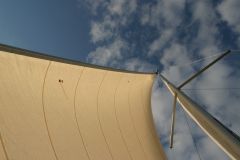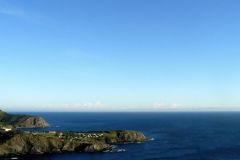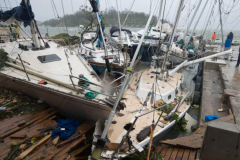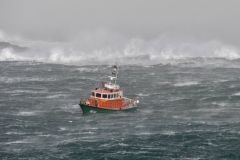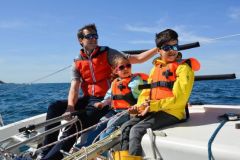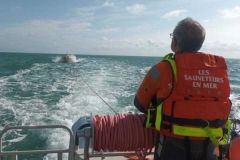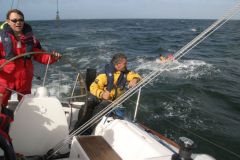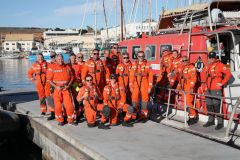Prepare to fish at low tide
- High and low tide times
- The coefficient ( over 100 = danger )
- Tidal range (difference in height between low and high water)
- Local hazards
- Weather conditions (all westerly winds increase danger)
The most important tip is to "DON'T GO FISHING ALONE"
Before you go fishing, take a few precautions:
- Don't forget to bring a recharged cell phone to alert emergency services in case of need
- Let someone on land know when you'll be back, so that they can alert emergency services if they don't see you return
- Wear a watch and keep an eye on the time
Watch for rising water
- The sea rises very quickly, so it's important to get your bearings and keep an eye on your surroundings
- Rising waters can come from all sides you may find yourself isolated. You can find yourself isolated, and strong currents can build up around you and sweep you away.
- For a tidal range of 10 meters at mid-tide, the water rises by 5 meters in 2 hours, or 1 meter in 24 minutes.
- Low tide means it's time to go back up, even if there are other people around you. They may not be aware of the danger.
- Estimate how long it will take you to retrace your steps. The return journey always takes longer than the outward journey (mud, weight of fishing, fatigue, etc.)
Emergency numbers
In an emergency, call 196, the Marine Emergency Number from any landline or cell phone, or dial 18, the fire department emergency number.





